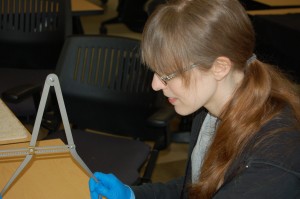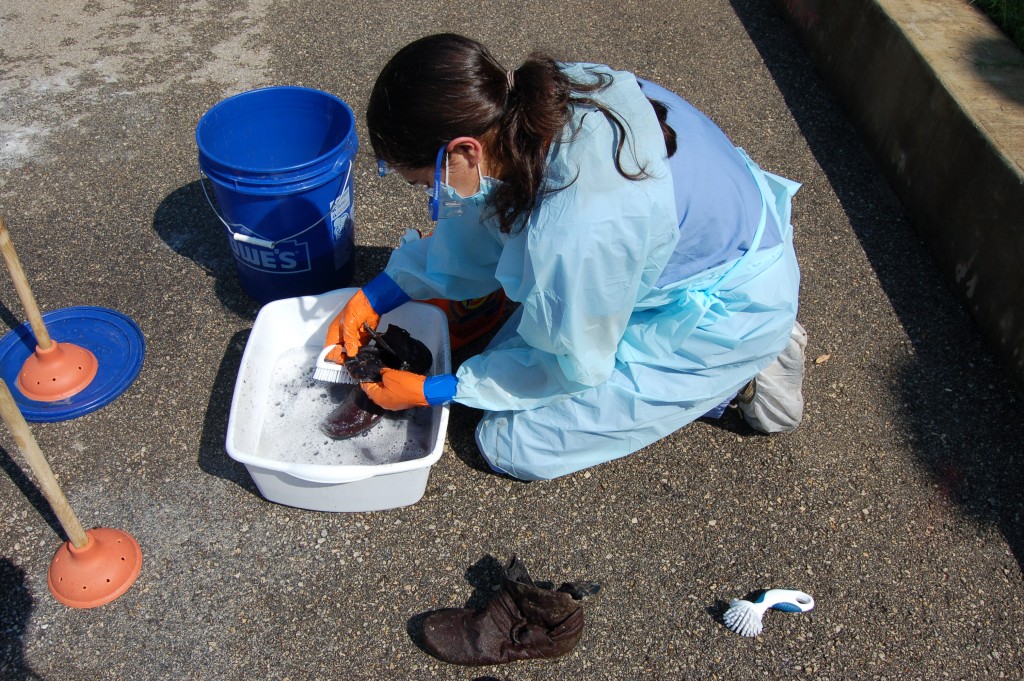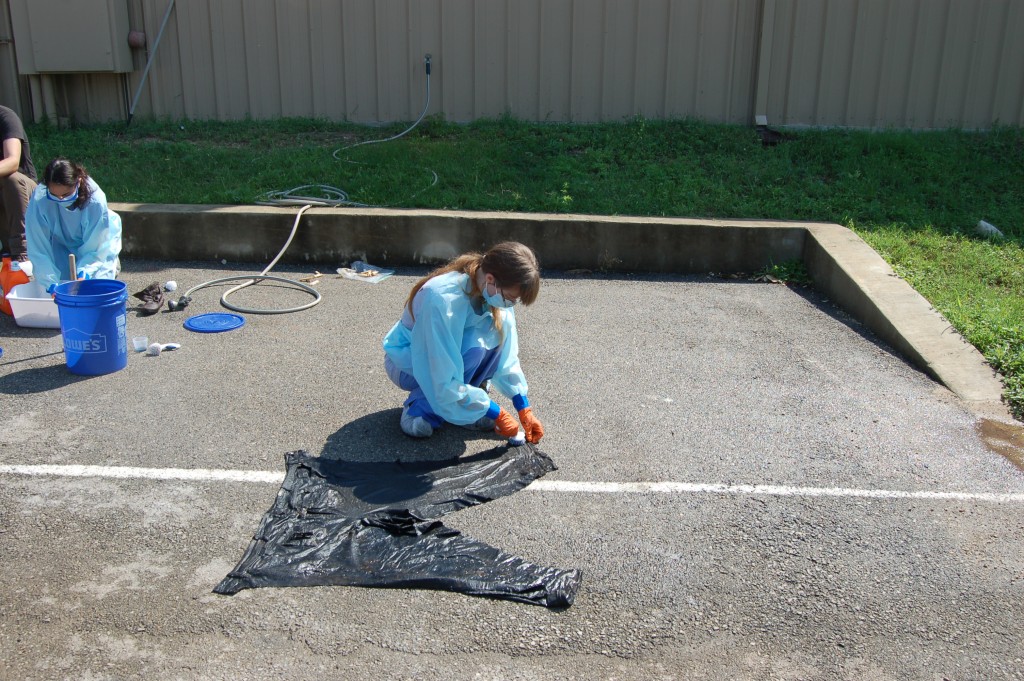Today marks the last day of skeletal analyses at Texas State. Our time in San Marcos seemed to fly by. The majority of our time here has been spent creating biological profiles for the individuals exhumed from Sacred Heart Cemetery (where my journey originally started). The creation of the biological profile is an essential part of the identification process. We use our knowledge of the human skeleton to discern what physical characteristics a person would have had during life. The biological profile includes traits like age, sex, ancestry, and stature. These trait are generally pretty vague. If I use myself as an example, I would be described as a white male between the ages of 25-40, and somewhere between 5’6” and 6’2”. While I match that description, it also describes a whole gaggle of other people. In order to positively identify someone, we need to be more specific. To do this we try to find anything that may be individualizing, for example we record dentition and past health and injuries. We also collect skeletal DNA samples so we can match them to family reference samples.

Usually this is a slow and arduous process. In our lab in Indiana, the careful construction of a biological profile is a teaching process. Since we are part of the University, our students learn this process as we offer our services to police and coroners throughout the state. Each methodically crafted profile can take days, or sometimes longer (like if it is finals week). Luckily, every time we come to Texas we bring our most highly trained students, like Helen and Amanda, which greatly speeds up the process. Sometimes, they even let me tag along.
We also have the added benefit of working alongside the amazing people of Texas State University. The two teams have completed a total of 17 skeletal analyses over the course of a week. This is an astronomical accomplishment. It has been my honor and pleasure to work with such an amazing cast of players. I could not have asked for a more intelligent and talented group of people.
After the last skeleton was analyzed this morning, we all drove to Houston. Today we had a meeting to prepare for tomorrow’s “Missing in Harris County Day”, where we discussed the forms and procedures for the event. I will be one of the people collecting information from families who are missing loved ones. The information gathered here will be compared to data from other sources, like the biological profiles that we have been creating, and with any luck we can help friends and families find closure. While I am nervous for tomorrow’s event, I look forward to contributing my small part.


